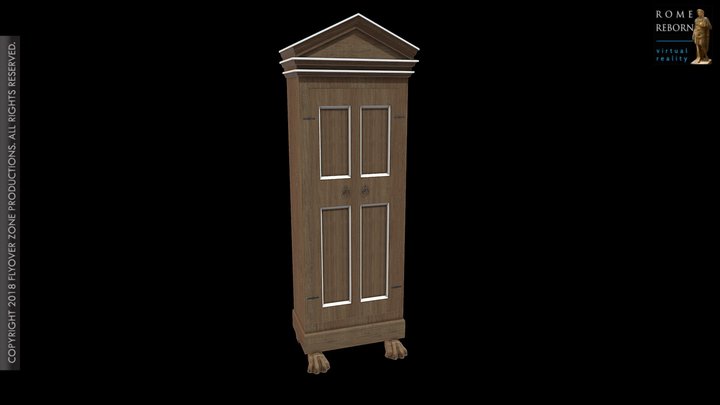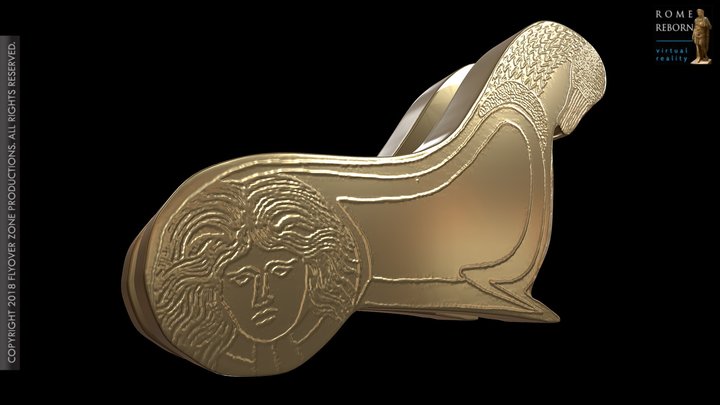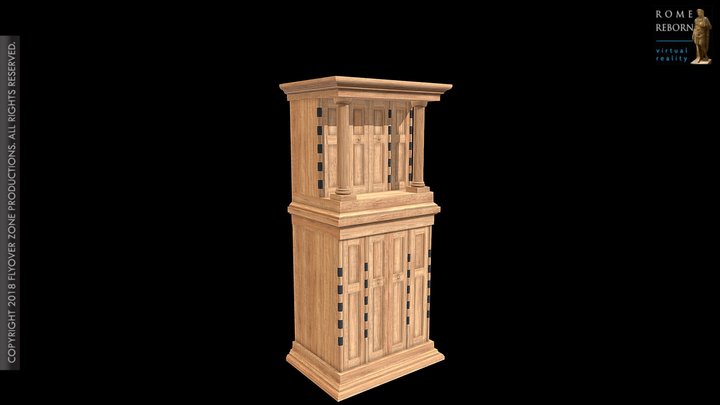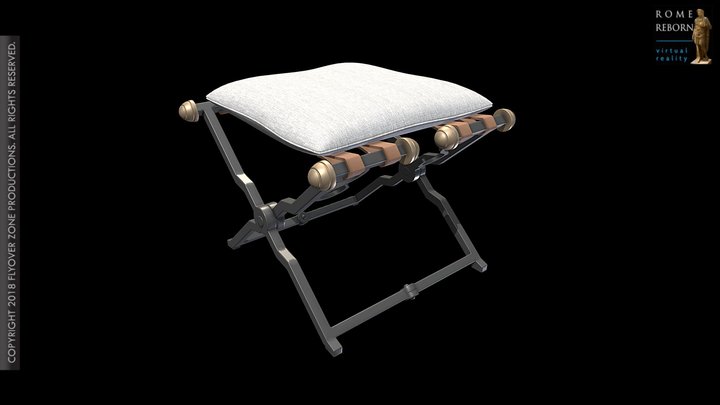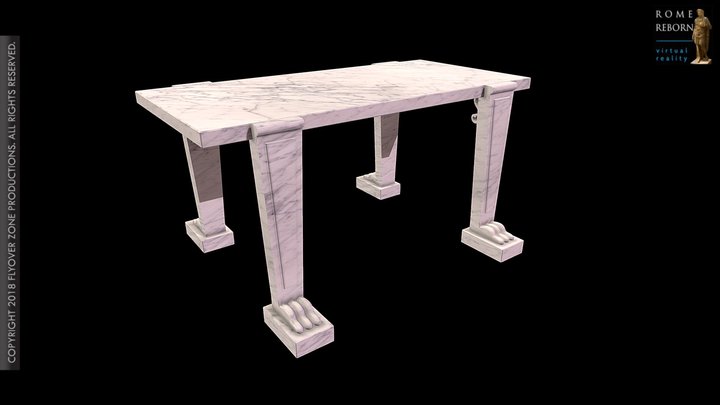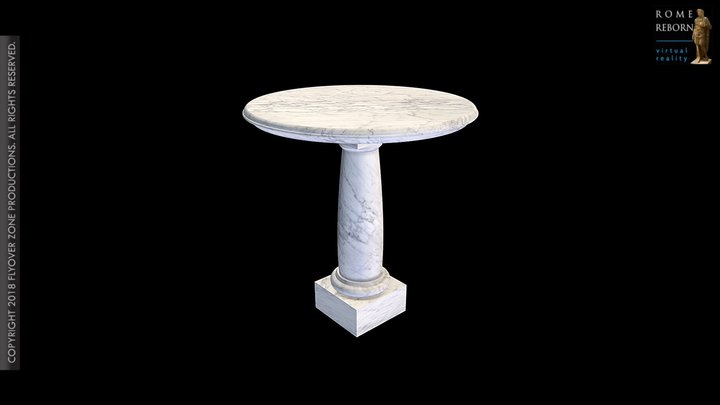Floor | Roman Art
Roman Furniture Gallery
As a consumer item, furniture is usually used intensively, repaired again and again, and then eventually discarded once definitively broken. In addition, furnishings are often made of perishable materials such as wood or fabric. In this respect, it is no wonder that only a few pieces of furniture have survived from antiquity. A comprehensive picture of the living comfort of the Romans was created only in the middle of the eighteenth century following the rediscovery of the cities destroyed by the eruption of Mt. Vesuvius in 79 CE. The excavations initiated by the Neapolitan king were published between 1757 and 1792 in the eight volumes of the Antichità di Ercolano Esposte featuring magnificent copper engravings. The finds caused a sensation throughout Europe: not only were the statues and frescoes admired, but also the furnishings, which were better-known from the depiction of domestic scenes on frescoes and from the few preserved originals. The discoveries influenced the furnishing style of the European high aristocracy and the sophisticated bourgeoisie until well into the nineteenth century. A striking example is the so-called Empire style of 1800-1815 during the reign of the French emperor Napoleon I, which used numerous decorative elements from the Roman Imperial period in new combinations.
Our collection is a 3D version inspired by the schematic drawings published by A.T. Croom in Roman Furniture (The History Press, Stroud, 2010). The evidence utilized by Croom comes largely from the remains of furniture found on the Bay of Naples at sites such as Herculaneum and Pompeii.
















